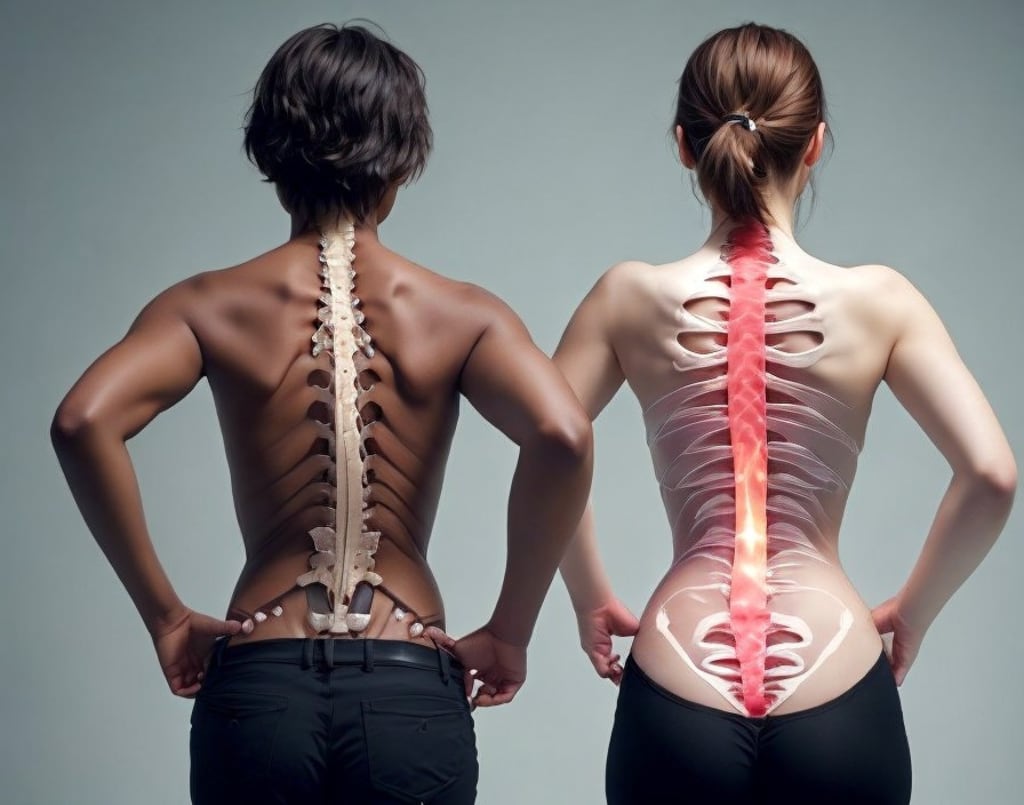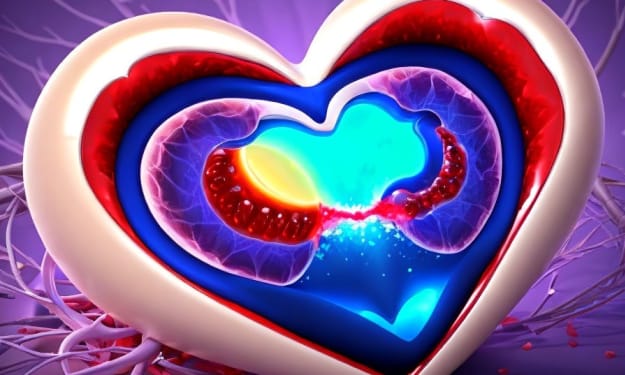Scoliosis: A Guide to Understanding and Managing the Curving Spine
Unveiling the Different Types, Treatments, and Importance of Early Detection

Scoliosis: A Guide to Understanding and Managing the Curving Spine
Scoliosis, a condition characterized by an abnormal curvature of the spine, affects millions worldwide. While often diagnosed during adolescence, it can develop at any stage of life. This guide delves into the complexities of scoliosis, exploring its types, causes, treatment options, and the importance of early detection.
Unveiling the Curves: Different Types of Scoliosis
The spine's natural curve provides support and stability, but with scoliosis, this curve becomes exaggerated or twisted. The specific location of the curvature determines the type of scoliosis:
Lumbar Scoliosis: This curve affects the lower back (lumbar vertebrae).
Thoracic Scoliosis: This curvature appears in the upper back, between the shoulder blades (thoracic vertebrae).
Thoracolumbar Scoliosis: This curvature combines both the thoracic and lumbar regions.
Double Major Curve Scoliosis: This involves two distinct curves bending in opposite directions.
Understanding the Causes: A Complex Puzzle
The exact cause of scoliosis remains elusive. However, several factors contribute to its development:
Congenital Scoliosis: Present at birth, this results from abnormal formation of the spine's vertebrae.
Idiopathic Scoliosis: This most common form appears during childhood or adolescence with no apparent cause. Genetics are suspected to play a role.
Neuromuscular Scoliosis: Underlying neurological conditions like cerebral palsy or muscular dystrophy can lead to scoliosis.
Early Detection is Key: The Importance of Screening
Early detection is crucial in managing scoliosis effectively. Regular screenings, particularly during growth spurts in childhood, allow for early intervention and potentially prevent curve progression.
Here's why early detection matters:
Preventive Treatment: Early diagnosis allows for treatment options like bracing to minimize further curvature.
Reduced Risk of Complications: Early intervention can help avoid potential complications like chronic back pain, lung and heart problems caused by a compressed rib cage.
Common Screening Methods:
Physical Examination: Doctors often perform a simple physical exam to check for uneven shoulders, ribs, or waistlines, which can be signs of scoliosis.
X-rays: X-rays of the spine are the primary tool for diagnosing scoliosis, revealing the location and degree of the curvature (measured in degrees).
Addressing the Curve: Treatment Options
The treatment plan for scoliosis depends on several factors, including the type, severity, and location of the curve, as well as the age of the patient. Here's an overview of common treatment options:
Observation: For mild curves, especially in young children, monitoring the curvature through regular checkups may be sufficient.
Bracing: Bracing is a non-surgical approach commonly used for growing adolescents with moderate curves. These custom-made braces apply gentle pressure to the spine, guiding its growth and minimizing further curvature.
Types of Braces:
Boston Brace: A rigid brace treating both lumbar and thoracic curves.
Wilmington Brace: A custom-made brace designed for specific curvatures.
Charleston and Providence Braces: Nighttime braces ideal for severe curves, offering additional pressure and restriction.
Surgery: For severe or rapidly progressing curves, surgery may be recommended. The type of surgery depends on the patient's specific condition:
Spinal Fusion: This procedure permanently corrects the curve by fusing vertebrae together using rods and screws. While effective, it can limit spinal flexibility.
Vertebral Body Tethering: This minimally invasive technique uses tethers and screws to gradually straighten the curve as the child grows, allowing for more flexibility than fusion.
Growing Rods: Adjustable rods are implanted near the curve and lengthened periodically, allowing for gradual correction as the child grows.
Living Well with Scoliosis
While scoliosis can be a concern, many people live fulfilling lives with this condition. Following treatment recommendations, maintaining good posture, and incorporating regular exercise into your routine can significantly improve your quality of life.
Remember, knowledge is power. By understanding the different types and treatments for scoliosis, you can become a partner in managing your condition and promoting a healthy future. Don't hesitate to discuss any concerns you may have with your doctor.
About the Creator
suren arju
Hi there! I'm Suren, your startup guide. Entrepreneur, writer, dreamer - I share insights, tips & stories to fuel your startup journey. Ready to explore, learn & win together? Join me & let's redefine how we launch, learn & leap!
Enjoyed the story? Support the Creator.
Subscribe for free to receive all their stories in your feed. You could also pledge your support or give them a one-off tip, letting them know you appreciate their work.





Comments
There are no comments for this story
Be the first to respond and start the conversation.